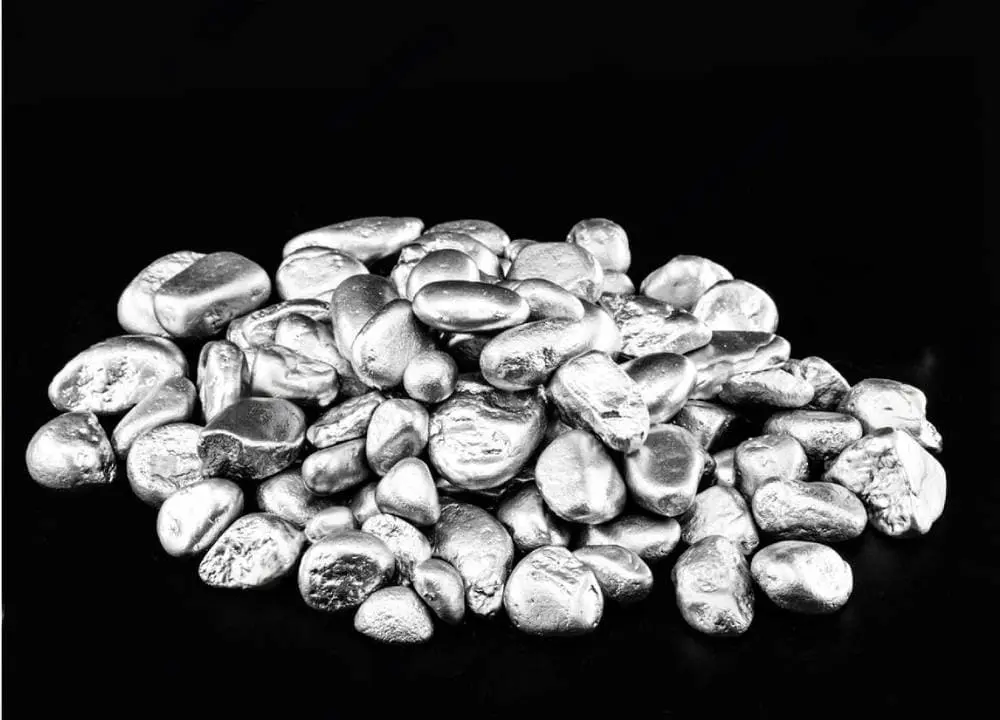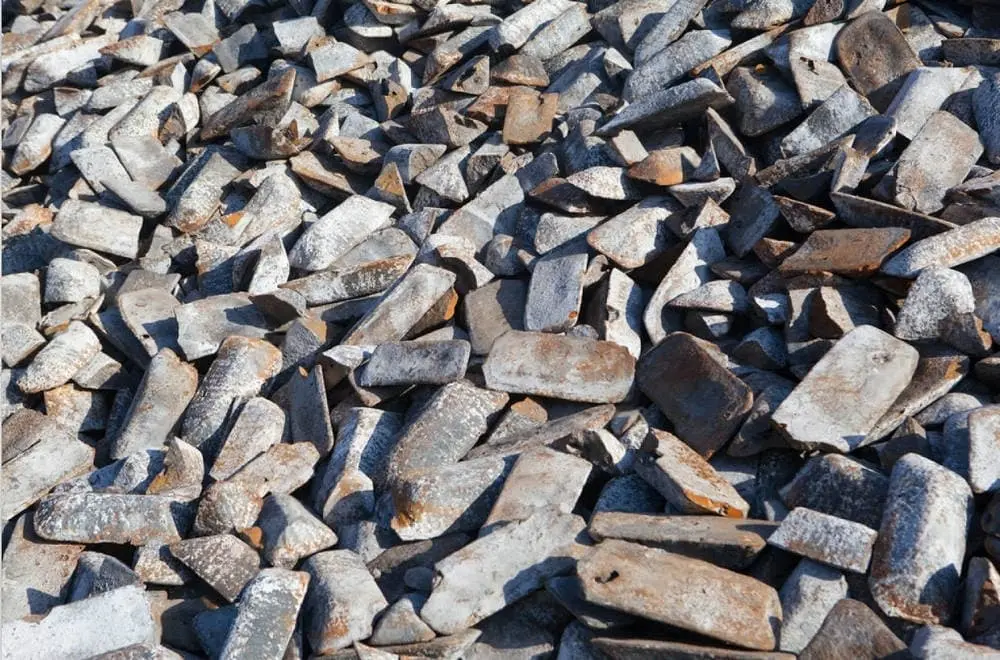The metallic and non-metallic raw materials involved in induction furnace smelting are broadly classified into the following six categories.
(1) Pure metals
Commonly used pure metals include nickel, cobalt, хром, manganese, tungsten, алюминий, титан, niobium, кремний, calcium, lanthanum, and so on.
Pure metals are mainly used for smelting nickel-based, brick-based, and iron-free alloys.
Such as nickel-based high-temperature alloys, nickel-based corrosion-resistant alloys, and nickel-based precision alloys.
- Nickel-based alloys: corrosion-resistant materials used in high-temperature environments.
- Cobalt-based alloys: for high-temperature strength and corrosion resistance.
- Chromium-based alloys: suitable for high-temperature and corrosive environment working conditions.
- Tungsten-based alloy: with high density and high melting point, it is used for making high-temperature tools and wear-resistant parts.

(2) Iron alloy
Commonly used ferroalloys include ferrosilicon, ferromanganese, ferrochromium, ferrotungsten, ferrovanadium, ferroniobium, ferrotitanium, ferroboron, ferrozirconium, и т. д..
In order to save energy, reduce costs, and rationally utilize resources, metal ores are directly smelted into an alloy form with iron, то есть, ferroalloy for steelmaking.
Кроме того, the use of iron alloys also has the advantages of high density, low melting point, easy melting, and high element recovery rate.
(3)Master alloy
Certain elements are configured into binary or multi-component alloys to reduce their vapor pressure and increase density, which can increase their recovery rate.
Commonly used intermediate alloys include nickel-magnesium alloy, aluminum-zirconium alloy, aluminum-yttrium alloy, boron-aluminum alloy, boron-nickel alloy, silicon-calcium alloy, lanthanum-cerium alloy, и т. д..
- Nickel-magnesium alloy: used to enhance the elastic modulus and creep life of the alloy.
- Aluminum zirconium alloy: improves the strength and heat resistance of the material.
- Ferroboron alloy: used to improve the hardness and wear resistance of steel.
(4) Steel materials
Materials that supplement the iron elements required in smelting steel and alloys are called steel materials.
Commonly used steel materials include industrial pure iron, steelmaking pig iron, casting pig iron, carbon steel materials, и т. д..
- Industrial pure iron: used to produce high-quality steel.
- Steelmaking pig iron: one of the main raw materials for steelmaking.
- Casting pig iron: used for casting various workpieces and parts.

(5) Alloy return material
Recyclable materials generated during the production of special steel and alloys, such as steelmaking remnants, intermediate injection pipes, soup ducts, cut ends of steel ingots, cut ends of hot rolling, scrap processed semi-finished products, и т. д., are all called return materials.
The purpose of fully recycling alloy elements and reducing costs can be achieved by using returned materials.
(6) Slag-making materials and refractory materials
Slagging materials include lime, fluorite, кремнезем, glass flakes, и т. д..
Refractory materials include refractory materials for ladle masonry and refractory materials for pouring systems.
